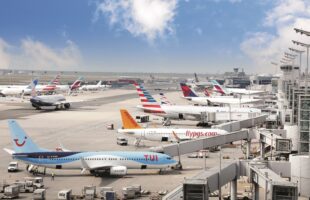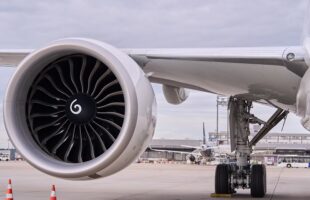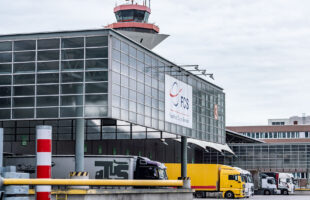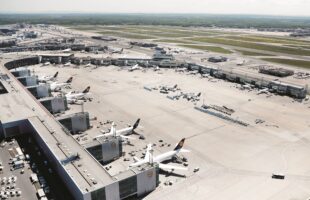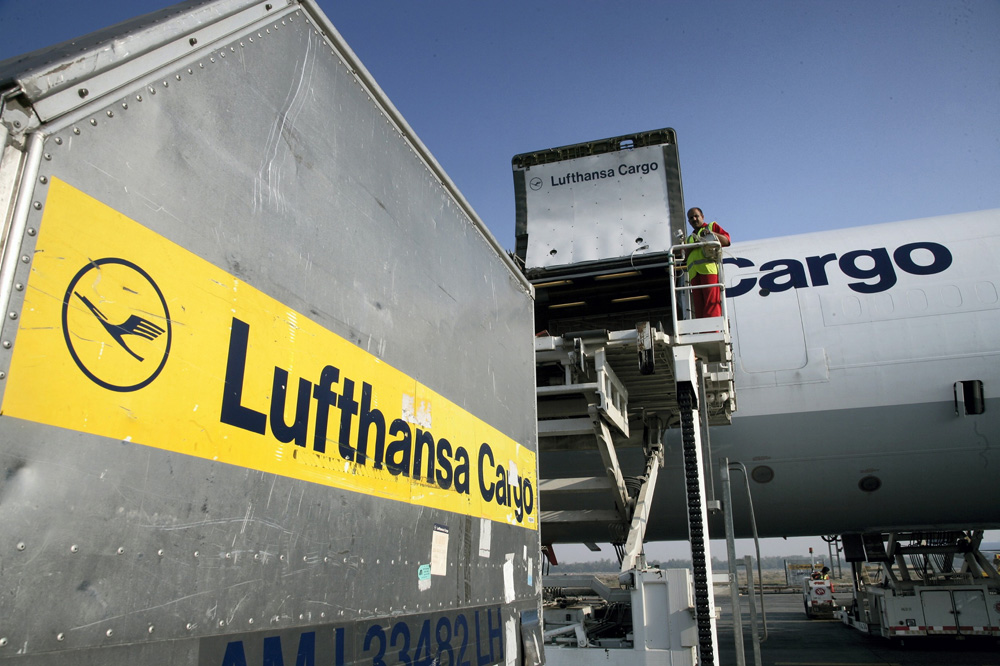
loading container into MD11
Lufthansa Cargo again maintained its leading position in Europe last year, with a total of 1.6 million tonnes of freight and mail flown and 8.4 billion revenue tonne-kilometres sold. The total volume grew slightly by 2.0 per cent in what the German carriers said was a “challenging market environment”.
The carrier increased the capacity offered by two per cent over the last twelve months, but noted that with sales falling slightly, capacity utilisation was also down. The full-year load factor amounted to 66.3 per cent (-3.4 percentage points year-on-year).
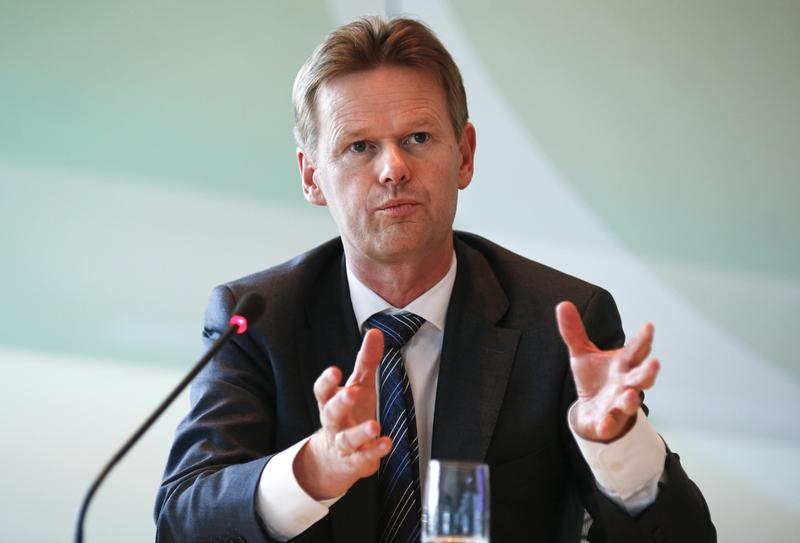 “Last year was not an easy one for the air freight industry”, emphasised Lufthansa Cargo CEO and chairman of the executive board Peter Gerber. “Turbulence in the Chinese market and the strong US Dollar, that affected a lot of industries, stretched us all to our limits. Strikes called by the Vereinigung Cockpit pilots’ union and the cabin crew union UFO also weighed heavily on us at Lufthansa Cargo.”
“Last year was not an easy one for the air freight industry”, emphasised Lufthansa Cargo CEO and chairman of the executive board Peter Gerber. “Turbulence in the Chinese market and the strong US Dollar, that affected a lot of industries, stretched us all to our limits. Strikes called by the Vereinigung Cockpit pilots’ union and the cabin crew union UFO also weighed heavily on us at Lufthansa Cargo.”
Despite the various challenges, the carrier continued to invest further in its own product and network last year, adding new destinations in places such as Turkmenistan, Vietnam and Brazil to its flight schedule.
Gerber emphasised that Lufthansa Cargo’s high customer satisfaction level of the previous year was maintained and the carrier will remain flexible and operate close to the market in 2016 as it has in 2015. The Lufthansa subsidiary is withdrawing two MD-11 freighters from its fleet to further increase capacity utilisation on the freighter routes. The airline is therefore offering its customers flights of its five new B777 freighters, as well as twelve MD-11Fs.
The carrier will also continue to offer capacity via its AeroLogic joint venture, which has a total of eight B777Fs and Lufthansa Cargo customers can also make use of the belly capacities of passenger aircraft operated by Lufthansa and Austrian Airlines, giving them access to a network of some 300 destinations in around 100 countries.
The cargo carrier serves around 300 destinations in approximately 100 countries with its own fleet of freighters, the belly capacities of passenger aircraft and an extensive road feeder service network. The bulk of the cargo business is routed through Frankfurt Airport.



